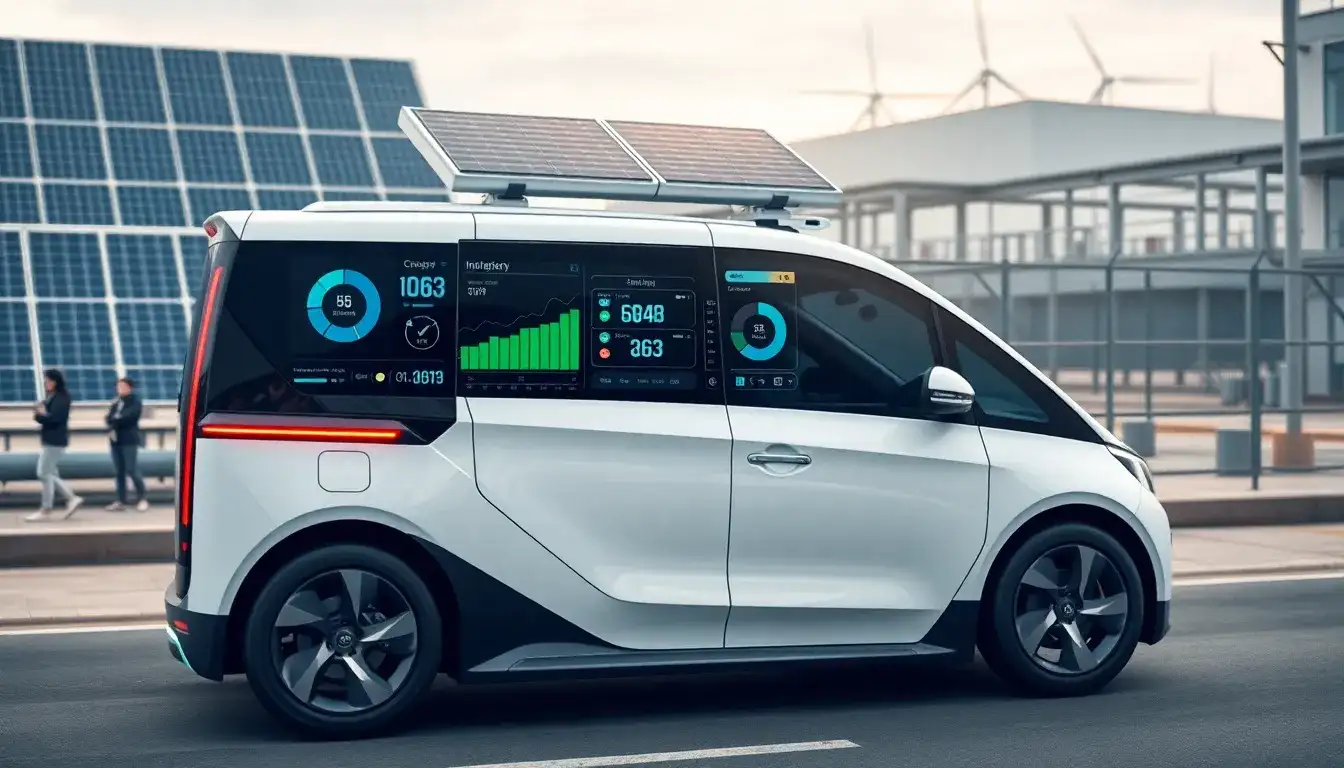
Integrated Smart Operation and Maintenance Solution for Mobile Energy Storage Vehicles
Industry Background
As the global trend towards sustainable energy development continues, the installed capacity of renewable energy sources such as solar and wind power is expanding rapidly. However, these energy sources are characterized by their intermittency and instability, which pose challenges to the stability of electricity supply. Mobile energy storage vehicles serve as flexible storage devices that can effectively address this issue. They can store electrical energy during periods of surplus production and release it during energy shortages or peak demand, thereby helping to stabilize the electricity system. Moreover, the rapid advancements in information technologies such as 5G and the Internet of Things (IoT) provide the technical support necessary for the intelligent and meticulous energy monitoring of mobile storage vehicles. The application of these vehicles is becoming increasingly common in scenarios such as emergency disaster relief, power supply in remote areas, and the integration of distributed energy sources, leading to a growing demand for real-time and precise monitoring of their energy status.
Industry Challenges
- Inadequate Energy Data Collection: Current systems often only capture basic parameters of the mobile energy storage vehicle’s battery, such as energy level and voltage. Critical energy data regarding charge and discharge efficiency, remaining useful life, and health status are often missing, making it difficult to comprehensively evaluate battery performance and energy utilization.
- Lack of Unified Standards for Energy Monitoring: Mobile energy storage vehicles may be equipped with Battery Management Systems (BMS), Power Conversion Systems (PCS), and fire protection systems, but there is no standard data interface or communication protocol. The complexity and volume of data make it challenging to integrate into a management platform, complicating system construction and operation and maintenance.
- Difficulties in Energy Optimization and Scheduling: Losses occur during energy storage, delivery, and generation, yet a lack of comprehensive monitoring makes it difficult to assess energy efficiency in real time. Additionally, optimizing energy scheduling based on vehicle location and grid load conditions is challenging.
Proposed Solutions
- Comprehensive Energy Data Collection Design: Equip mobile energy storage vehicles with high-precision sensors and intelligent data collection devices. In addition to conventional sensors for energy level, voltage, and current, include sensors to monitor battery internal resistance, temperature distribution, and charge/discharge cycle counts. Integrate these with the BMS and PCS to ensure comprehensive data collection and preprocessing, guaranteeing data accuracy and completeness.
- Reliable Data Transmission Network Construction: Implement a combination of various communication technologies such as 5G, 4G, and satellite communications. The system should automatically switch to the optimal communication link based on the vehicle’s environment to ensure stable data transmission. Additionally, incorporate edge computing technology to perform preliminary analysis and filtering of collected data at the vehicle level, reducing unnecessary data transmission volume and minimizing latency and packet loss risks. Important data should be transmitted using encryption and redundant backup techniques to ensure security and integrity during transmission.
- Unified Data Interaction System Construction: Establish a standardized data platform that can convert and interpret data from different brands and models of equipment aboard the vehicles according to a unified standard. This will enable seamless data integration and centralized storage, management, and sharing, laying the groundwork for future data analysis and applications.
- Development of an Intelligent Energy Optimization Scheduling System: Deploy a private cloud platform for vehicle management that provides a comprehensive view of device location distribution, quantity, type, operational status, working parameters, alarm frequency, maintenance work orders, and energy efficiency. This system will allow for effective control and intelligent operation and maintenance, ensuring safe vehicle operation and stable power supply.







